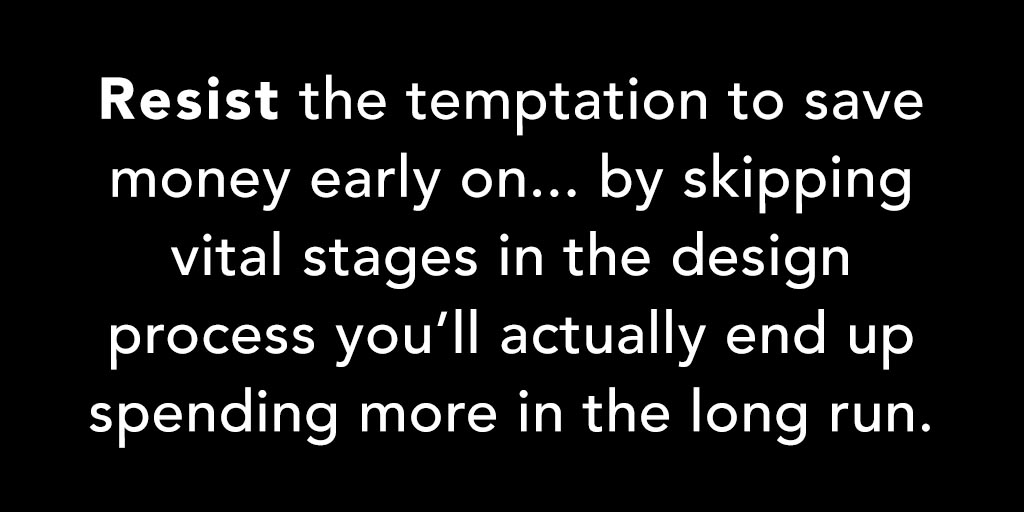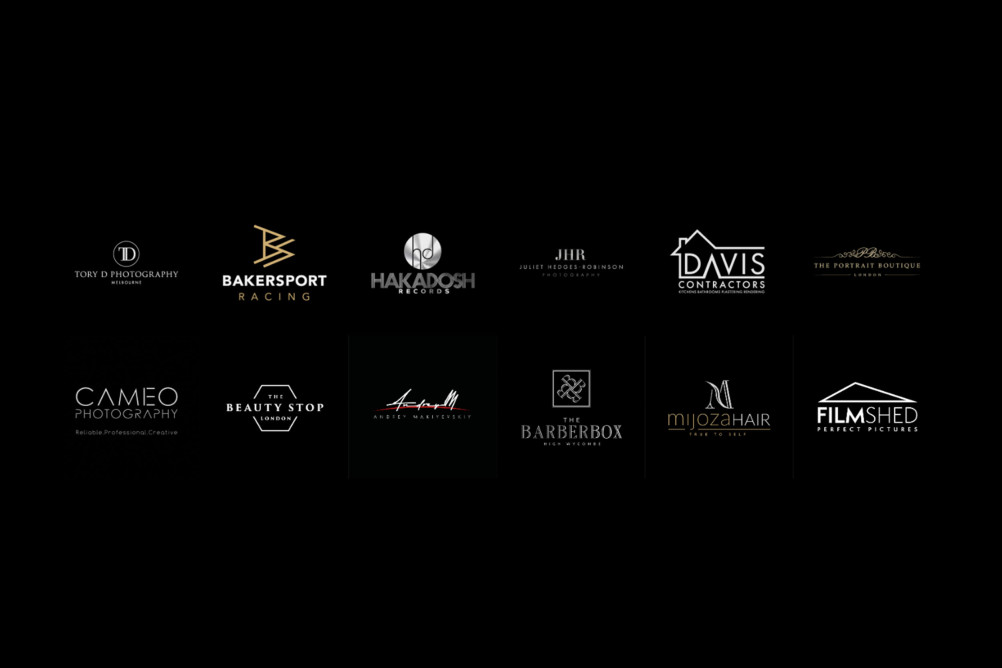First of all, you need to determine whether you’re asking the right question!
The majority of businesses require much more than a lone logo design – they need a carefully crafted brand identity to communicate on behalf of their company; often designed in light of extensive research and brand strategy. Even if you are a small business owner, this process can be scaled down to meet your budgetary requirements; but should still include some key factors that a logo alone cannot meet. When you decide to market your business, what tone or style should the advert adhere to? If you have a website designed, is this still communicating the same message? Is a logo enough to tie your business cards, letterheads, marketing campaigns, website and social media together – or ensure these are all speaking to your customers / clients in the same tone? That’s food for thought…
However there are many small business owners who are either starting up or taking steps to create a professional image for their business, and having a logo designed seems like the logical starting point. They may intend to create a brand identity around the logo at a later stage, but for the time being they just want a logo! No, this isn’t the best course of action; but it does happen, and it is possible to work this way.
My advice is to resist the temptation to save money early on… by skipping vital stages in the design process you’ll actually end up spending more in the long run. But if you are determined to have a logo designed first, then build on that base further down the line; how much should you pay for a logo design?

Well that depends on the area you are in and the going rate. In London, it’s not unusual to find freelance designers who will design a logo for a little as £150, or as much as £2000. While agencies, usually bringing a wider range of experience to the table may charge from £500 up to £5000 (remember we are talking about logo design only – not to include other elements of brand identity, tailored for a small to medium size business.) So does that mean go with the £150 designer? Not necessarily…
More important than the price you pay; ensure that your designer ticks all of the following boxes:
Ensure the logo designer you hire meets these criteria:
– Experience
It takes years of study & experience to develop the ability to translate ideas and concepts into visual designs; which must meet a wide range of criteria to be fit for purpose. An inexperienced designer may charge less – but you’ll be the one paying for any mistake they make!
– Good communication skills
Design should be a collaborative process. No-one knows your business better than you; so it’s vital that client and designer communicate effectively and work together to produce the end result. That doesn’t mean you can’t use a designer in India or the Philippines. It does mean you should make sure you both speak the same language WELL.
Make sure their design process includes:
– Use of Research & strategy
This is what makes the difference between a logo that just looks pretty, and one that works well. At the absolute least, a designer should be researching your industry and familiarising themselves with your target consumer, so they know how to create something that appeals to them.
– Positioning taken into consideration
You are no doubt not the only company offering the service or product you provide. Do you provider a better service than your competitors for slightly more money? Or do you cut away all the bells and whistles to provide better value? Your consumers will expect your logo to reflect this.
– Unique concepts generated
Don’t copy what someone else has done. And steer clear of any designer who ‘designed something similar that might work for you’! Be proud of your own unique business, the way you do what you do, and get a unique logo to communicate that.
– Enough time to develop concepts fully
The first few ideas a designer comes up with might look good, but creating something great requires enough time to let those ideas and concepts evolve.
Make sure the logo they give you includes:
– Copyright
Legally a designer is entitled to full copyright for anything they design, unless they release those privileges of copyright to you in writing. Make sure that they do. You wouldn’t want to have to pay every-time you use your own logo would you?
– Vector based format
There are rare cases where this isn’t necessary and a high resolution file will suffice; but generally speaking you always want to receive your logo in a vector based file format, preferably as an .eps file. This means the logo will display with crisp detail whether it’s on a billboard or a ballpoint pen.
– Is clear and identifiable at very small sizes as well as large sizes
This is a must for any logo design to be fit for purpose. Even if you can only see certain applications for your logo at the moment; dare to think bigger! If your business is successful and new avenues of marketing open up, you don’t want to face redesigning a logo that can’t be viewed as a thumbnail on a mobile device.
– Would still print clearly in b/w.
Colour can be a wonderful part of any logo design, but you’ve got to design something that will still work if it’s printed in black and white. There are fewer applications for this now than say 20 years ago; but it’s still an important consideration.
It would be a good idea to bookmark the above checklist and make sure the graphic designer you hire meets the criteria above as a MINIMUM. To provide all of the deliverables above is going to take time, so a very low price can be an indication that at least some of these crucial steps will be skipped, and you don’t want that. Try to find a designer you can build a rapport with who is competitively priced – and if there is any maneuvering room in your budget; consider getting your brand identity designed to include a logo, rather than just a logo on it’s own; particularly if the difference in price isn’t huge.
Jason Miller
JM Graphic Design

